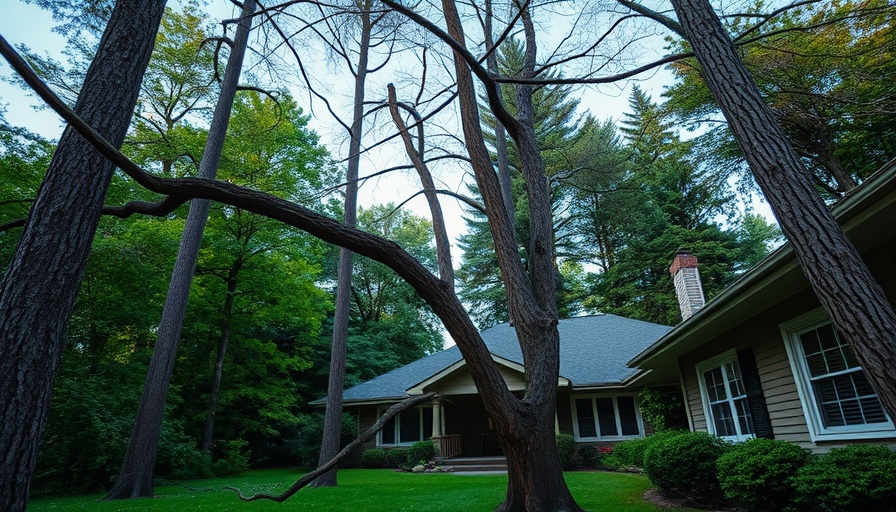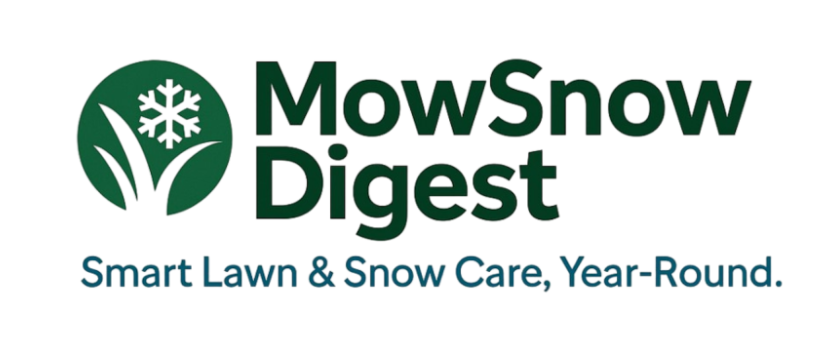
Understanding Storm Damage: The Impact of Weather on Trees
Severe weather events can take a devastating toll on the landscape, particularly on trees that have stood firm for decades. Every summer, storms bring with them high winds, lightning, and heavy rain that often lead to broken branches and even uprooted trees. For homeowners and property managers who take pride in their mature landscapes, understanding how to assess storm damage is crucial.
Your Safety Matters: How to Approach Storm-Damaged Trees
Safety should be the primary concern when confronting downed or damaged trees. Leaning trees that have sustained damage can pose unexpected dangers, such as falling limbs or worse, complete collapse. If you encounter live power lines tangled in branches, never hesitate to call 911. It’s also wise to approach damaged trees cautiously and evaluate whether they can be handled without professional intervention.
Engaging Experts: The Value of Consulting Arborists
When handling storm-damaged trees, enlisting the help of a certified arborist can be invaluable. Trained professionals understand not just how to safely remove compromised trees but also how to prune them to promote recovery. The Minnesota Department of Natural Resources (DNR) recommends checking the credentials and insurance of arborists before hiring them, ensuring that they adhere to industry standards while prioritizing safety.
Debris Disposal: A Safer Alternative to Burning
Often, the temptation to burn debris following a storm can lead to hazardous situations. In Minnesota, escaped yard debris is the leading cause of wildfires, making it important to find safer alternatives like chipping or composting. If burning is the chosen method, wait for the winter months and ensure debris is dry; snow cover can mitigate the risk of uncontrolled fires.
Assessing Trees for Survival: When to Remove
Trees have a remarkable capacity for recovery, but discernment is necessary. Trees that seem unwell after a storm may still thrive with appropriate care. However, homeowners should consider removal if more than half of the tree is damaged, if roots are compromised, or if multiple cracks appear on the trunk. A forester can assist in determining whether salvage harvesting is a suitable option for any downed trees on one’s property.
Future Implications: Caring for your Landscape
Proper landscape care doesn’t end after storm recovery; it's an ongoing process. Homeowners and property managers should cultivate a relationship with local experts and agencies that provide resources and support. By remaining proactive about tree health, individuals can ensure their properties remain visually appealing while minimizing hazards associated with storm-damaged trees.
For those looking for hands-on care, making the call to local maintenance professionals can alleviate the stress associated with storm recovery. Everett Lucas is just a call away at 231-450-3414 for all your lawn care and seasonal maintenance needs.
 Add Row
Add Row 
 Add
Add 


Write A Comment